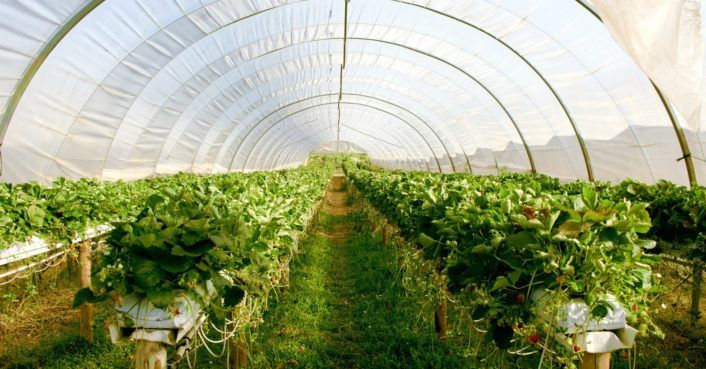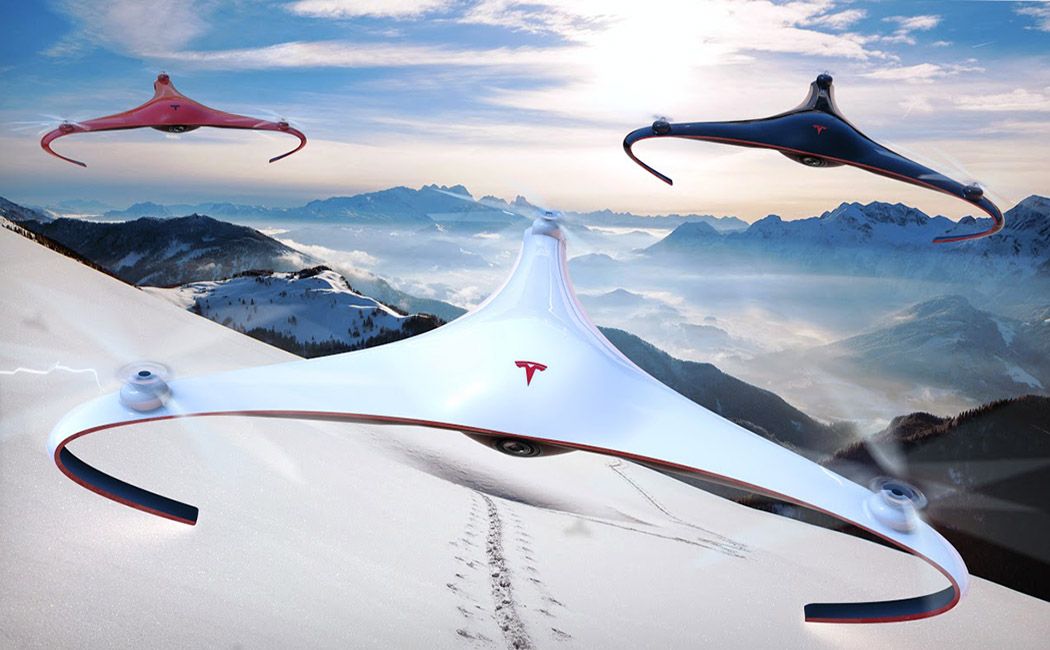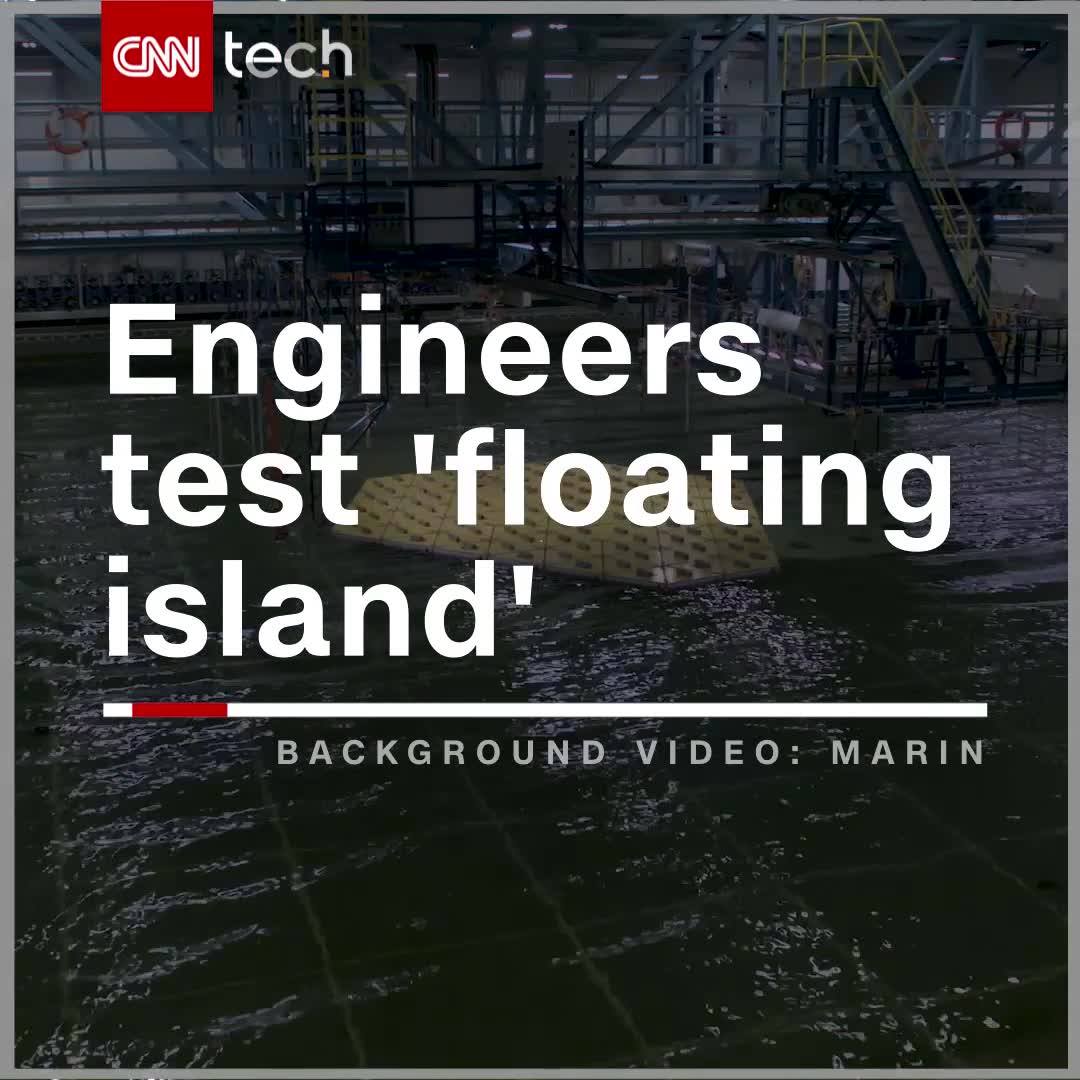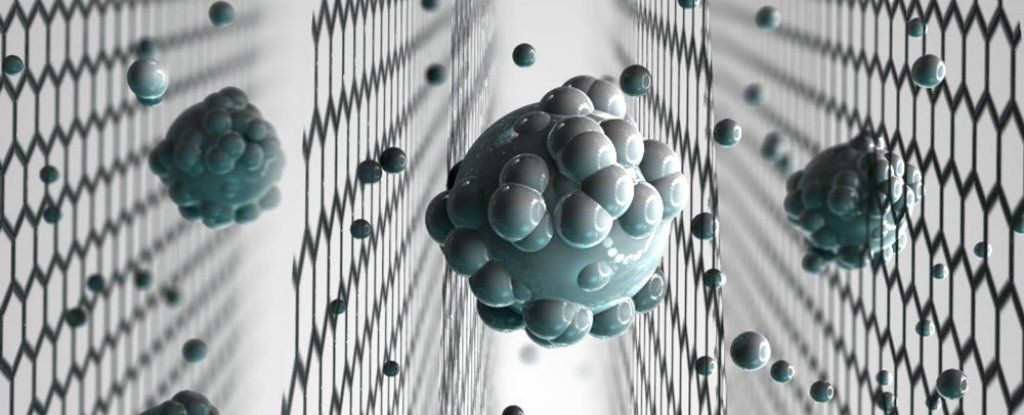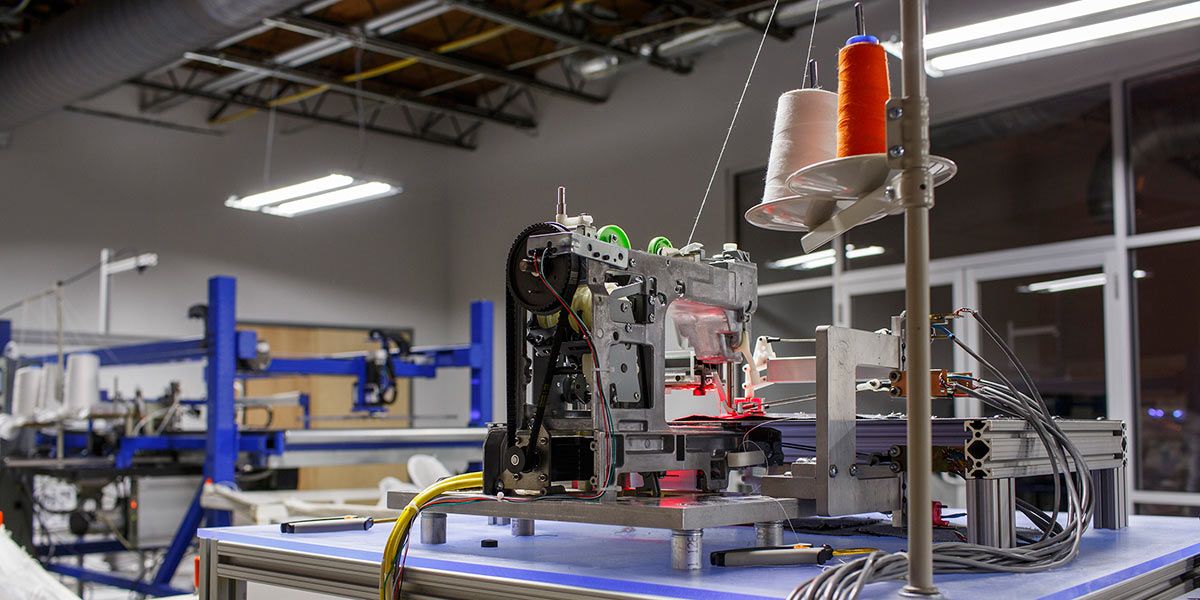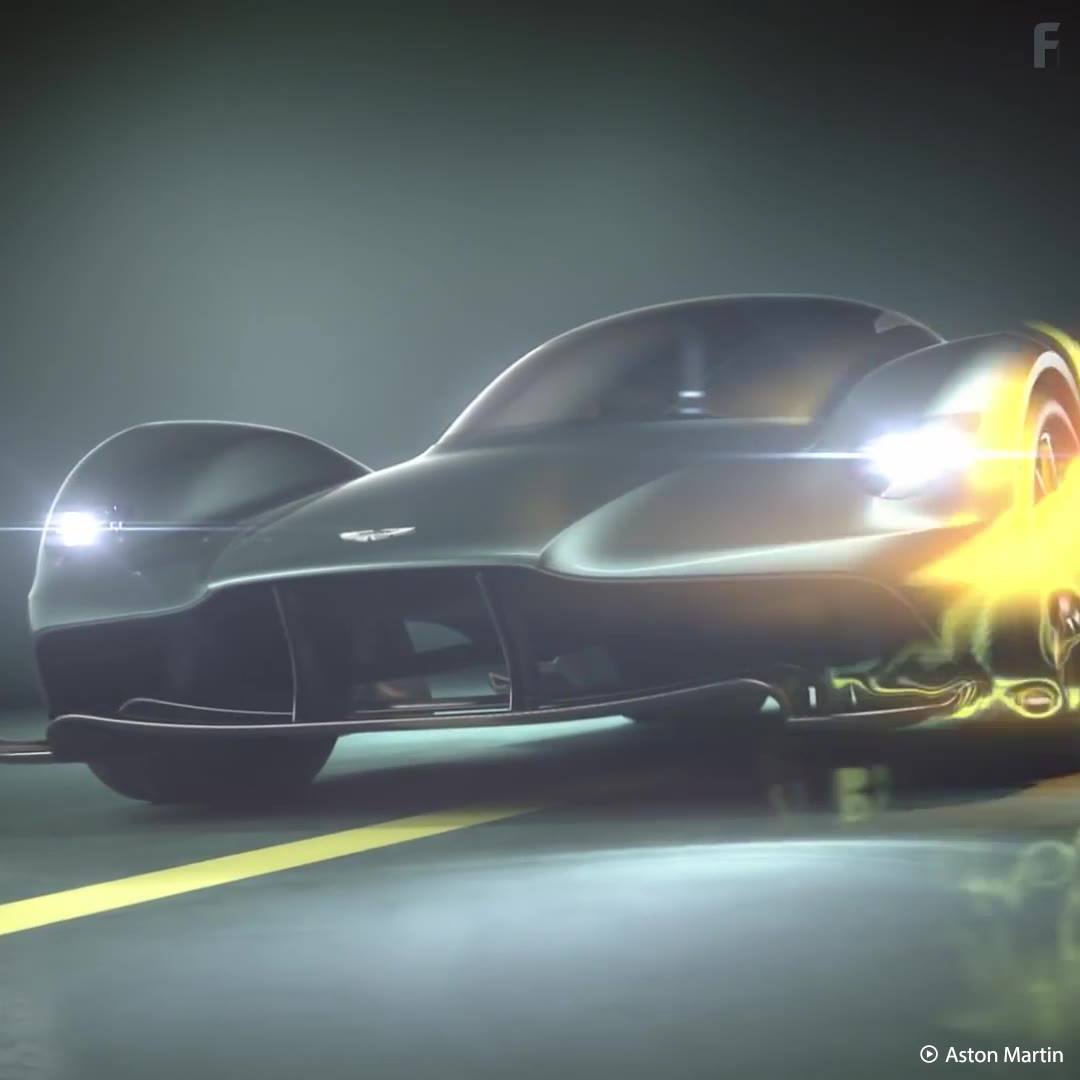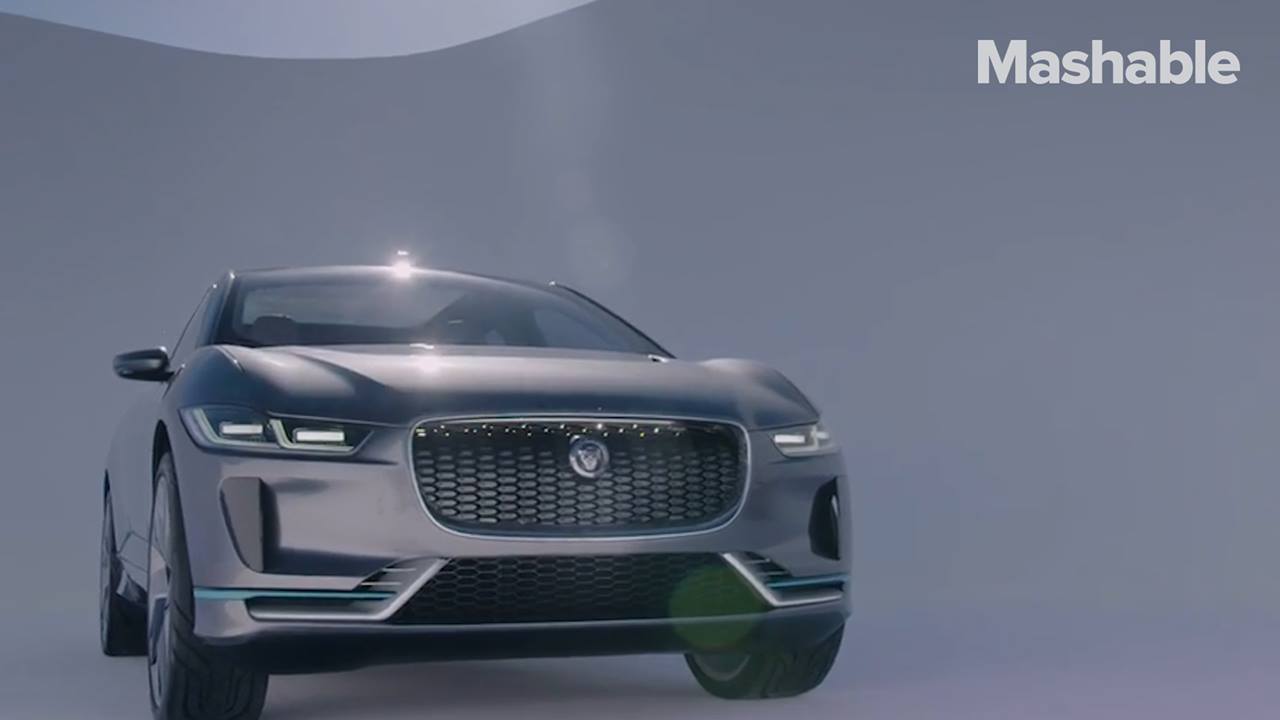Aug 20, 2017
The Wireless Charging of Moving Electric Vehicles Just Overcame A Major Hurdle
Posted by Shailesh Prasad in categories: sustainability, transportation
In a recent study, Stanford scientists were able to transfer electricity wirelessly to a moving lightbulb. The technology they developed help overcome the limited driving range of electric cars, currently one of their biggest drawbacks.
If electric cars could recharge while driving down a highway, it would virtually eliminate concerns about their range and lower their cost, perhaps making electricity the standard fuel for vehicles.
Continue reading “The Wireless Charging of Moving Electric Vehicles Just Overcame A Major Hurdle” »

